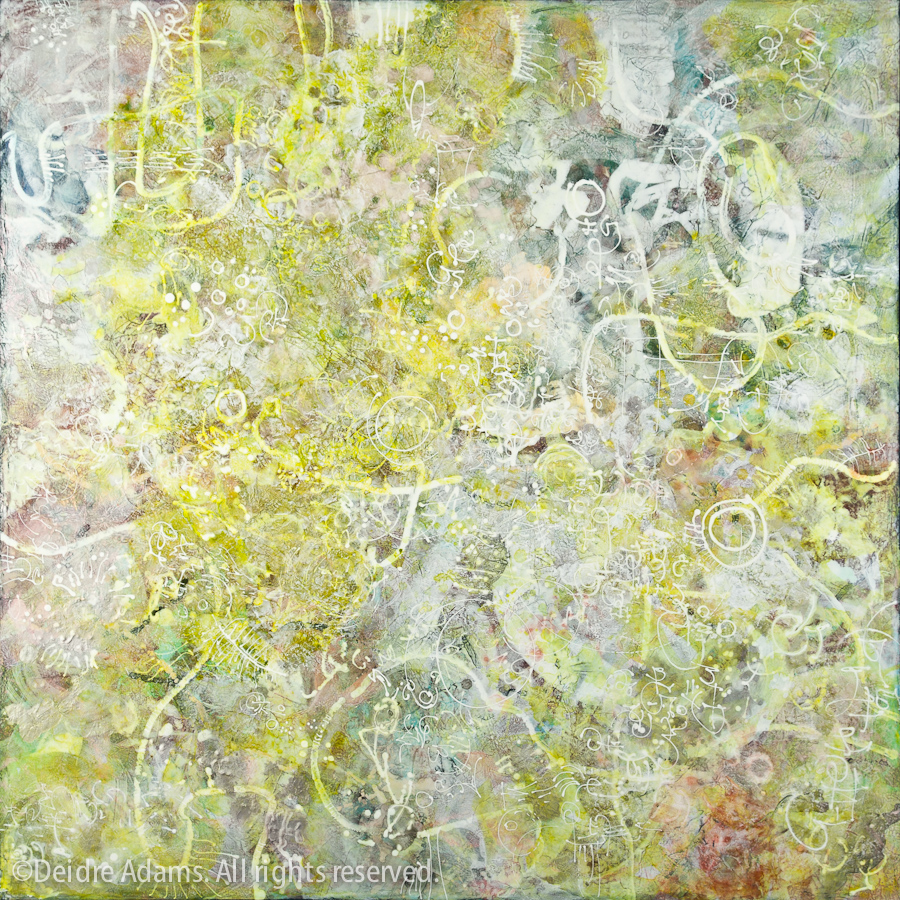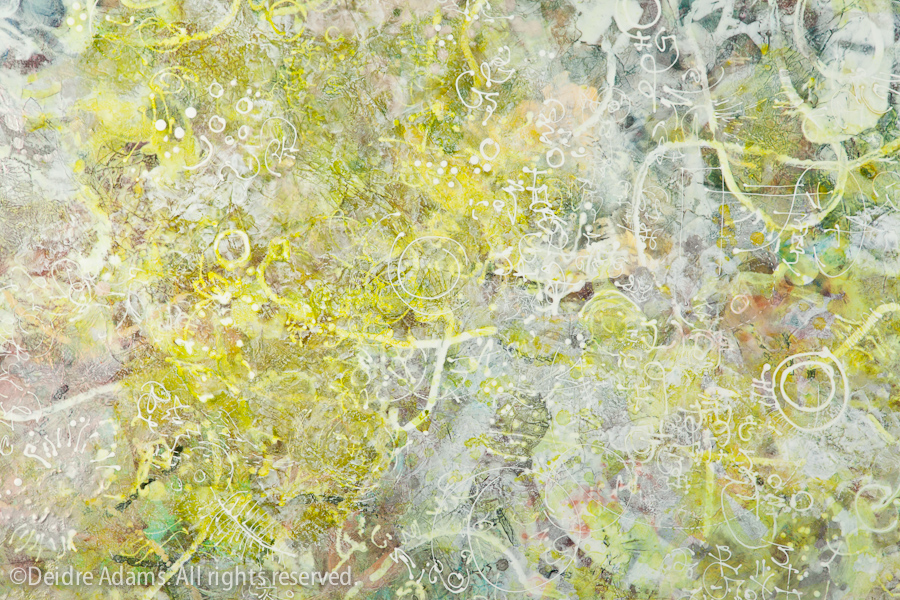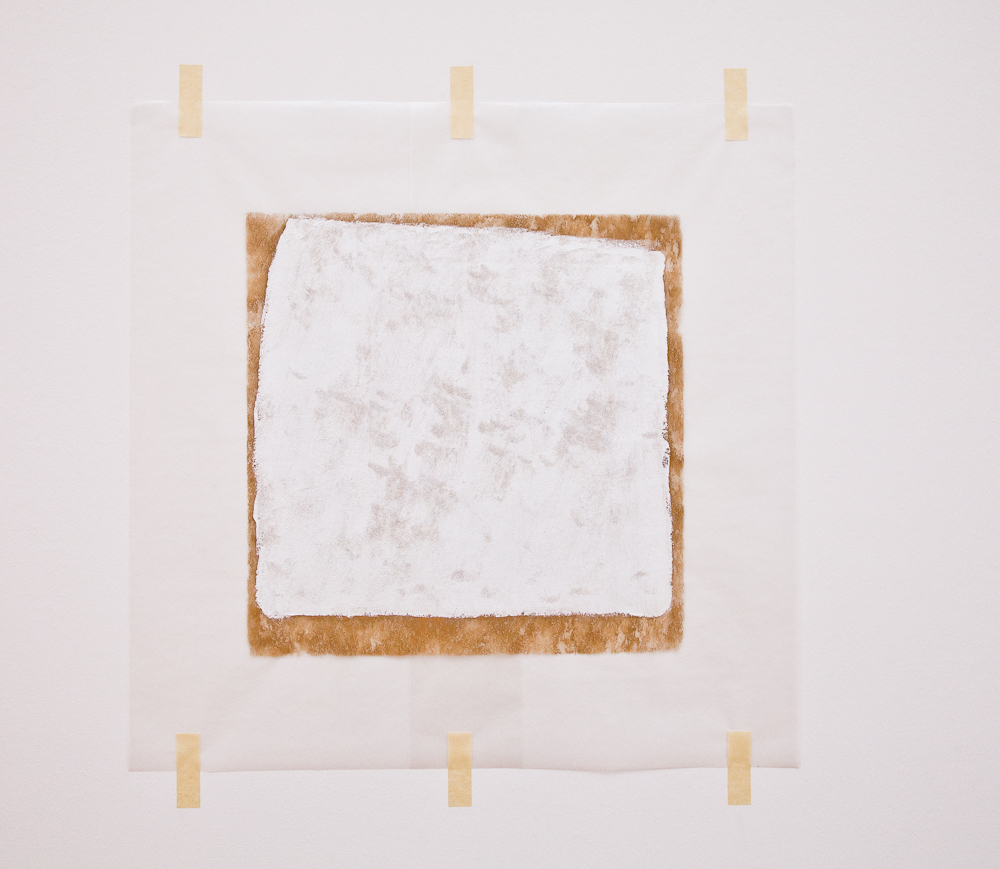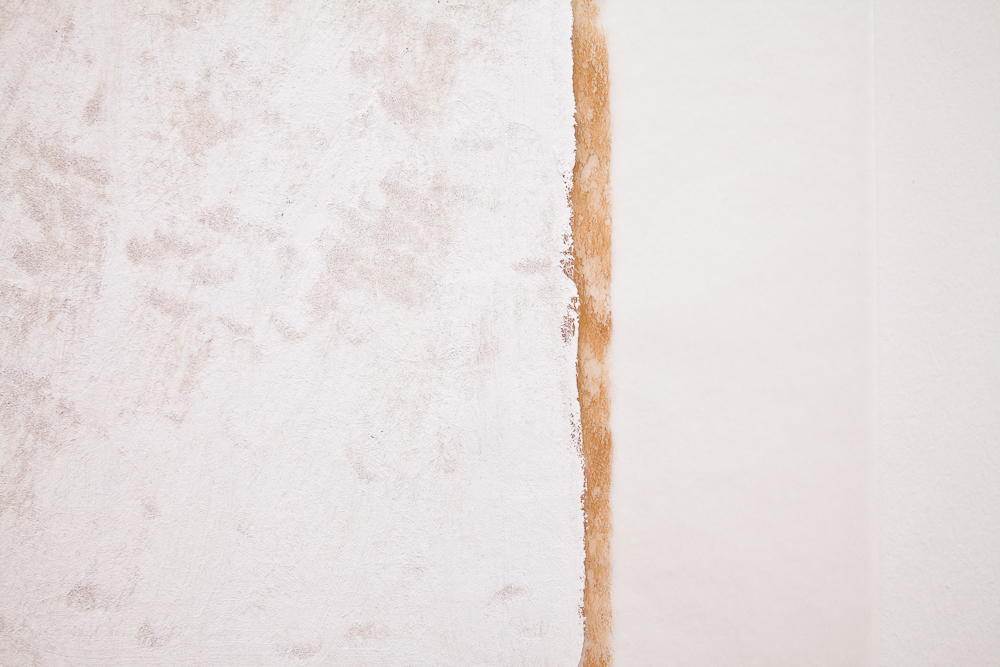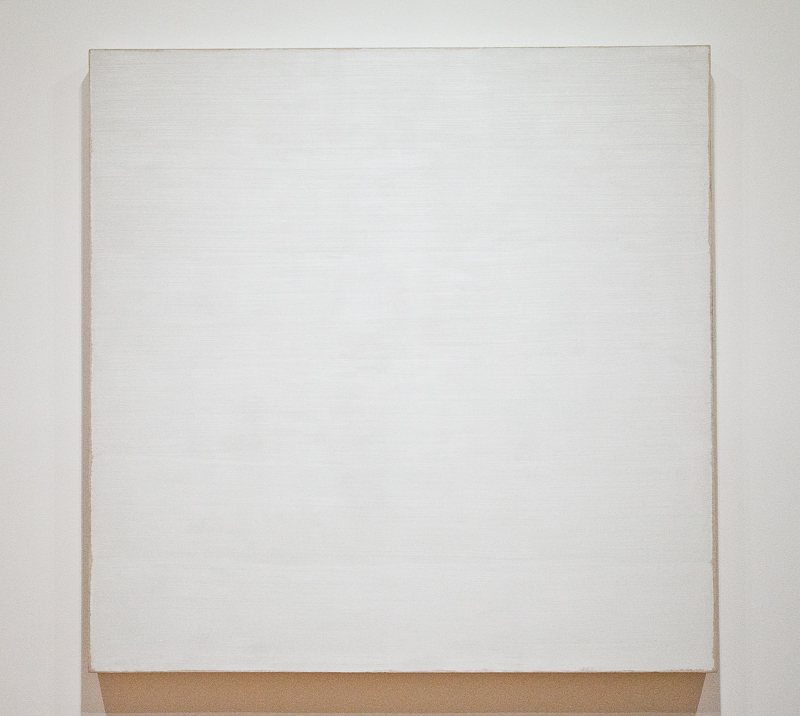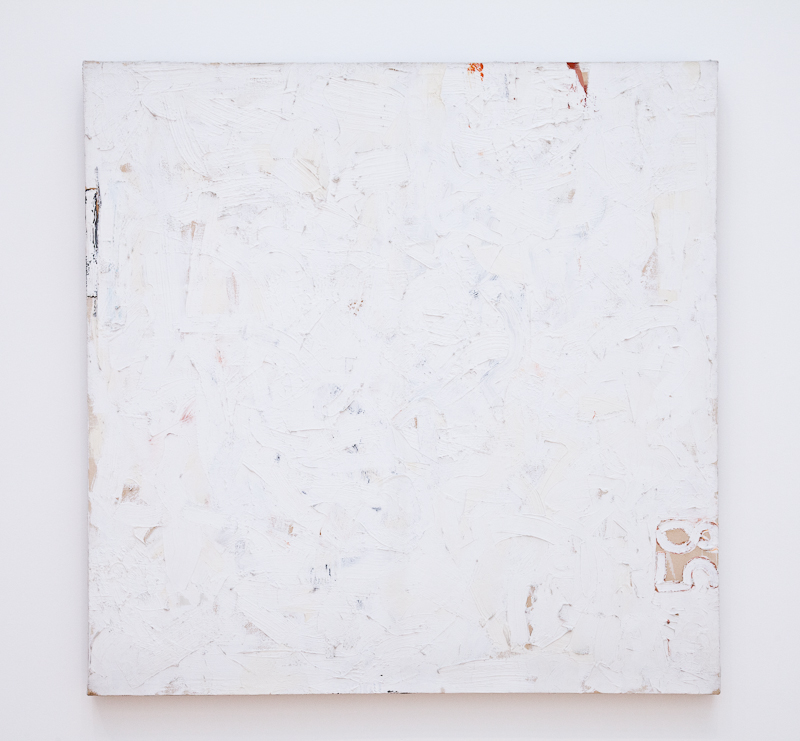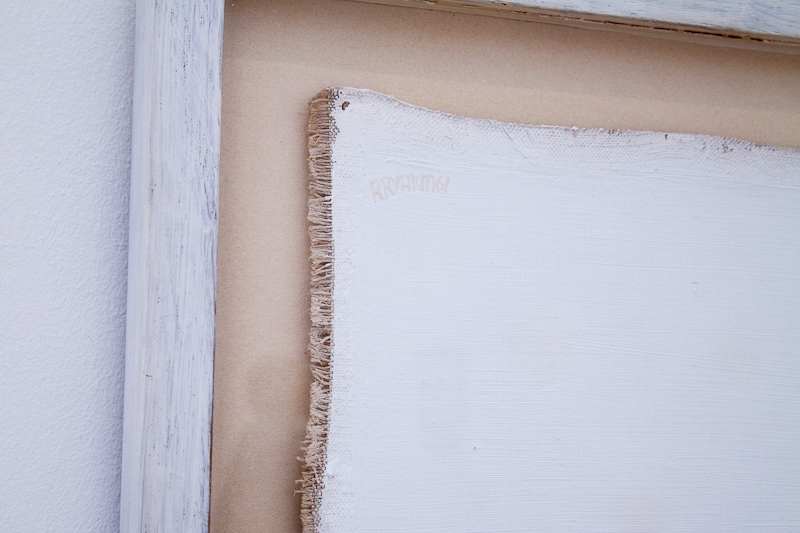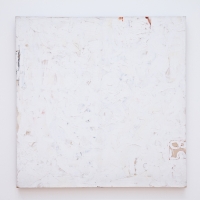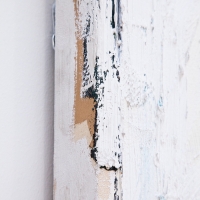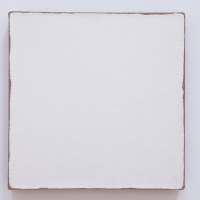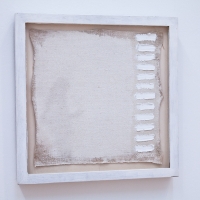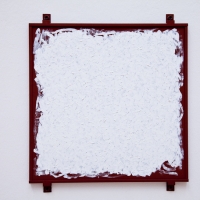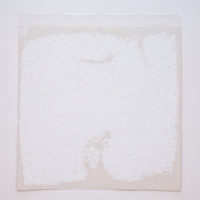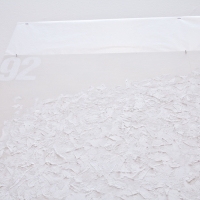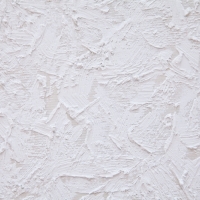A new look
 Schema, 20 x 20 inches, acrylic on panel, ©2012 Deidre Adams
Schema, 20 x 20 inches, acrylic on panel, ©2012 Deidre Adams
At long last, I’m happy to announce that my web site revamp is complete. It was a long struggle, started over a year ago and subject to many changes of course throughout the process. I had a very specific set of requirements in mind for my site, and it took me a long time to settle on a set of tools to accomplish it.
My old site was done through a combination of a Lightroom export template and a lot of hand coding necessary to coax all the pieces and parts to behave the way I wanted them to. The problem with this approach is that if you don’t work in HTML and CSS every day, you kind of forget the specifics of your particular mechanics in the long spaces in between updates. That meant my site was very hard to update with new work, and adding new pages was a somewhat laborious process.
This new site is built with WordPress, which I was already using for my blog but not the website itself. The challenge here was how to combine the web site with my blog, which I wanted to keep at the same URL so as not to interrupt any good karma I might have had going with that. This required the expert technical skills of my always handy husband (thanks, Joe!) whose many talents include coding expertise along with frame-building, waffle-making, and all-around general know-how for fixing stuff that breaks.
WordPress uses templates, which are lovely and magical for getting the pages and posts to look great without having to have any great degree of coding genius. I wanted thumbnail galleries for my images, so I looked at a lot of templates that provided them. Most had some issue or other that made them less than ideal. I finally decided to go with Photocrati, a template designed for photographers, which includes a lot of very impressive features. It’s $89 (it was $79 when I first purchased it), which may seem like a lot, but it’s been worth every penny both because of how easy it makes updating and modifying, and because of the excellent tech support they provide. I needed to do a lot of customization to get things to look the way I wanted, sometimes necessitating diving into the code, and sometimes I needed help with that. They have a very good online help site, and I also contacted them numerous times and received very friendly and helpful advice from the email support staff.
At any rate, I’m very happy with the end result, and I hope you’ll let me know what you think.
—
The painting above is Schema, done last year. I’m posting it because I just returned from a trip to New York and Philadelphia, and I think this one has a kind of New York feel. I attended the joint SAQA/SDA conference in Philadelphia, and I have lots of images from the FiberPhiladelphia 2012 exhibitions that I’ll be posting in the next few days.

